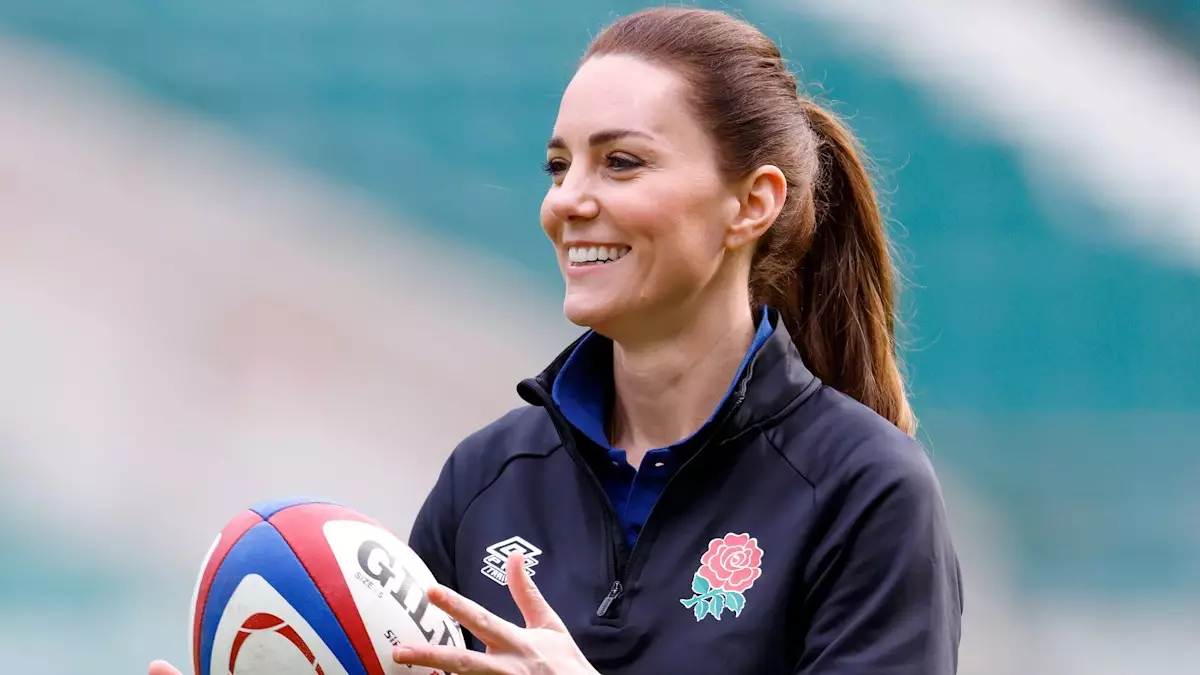When most people think of core strength, they tend to visualize chiseled abs and a flat stomach. But this narrow view neglects the true significance of what a well-developed core entails. Often, society’s obsession with appearance leads women, especially those in their forties and beyond, to pursue superficial fitness goals that do little to enhance functionality or overall health. The truth is, core strength is a comprehensive system—an intricate network of muscles that stabilizes, mobilizes, and powers every movement. It’s a foundation for resilience, balance, and injury prevention, especially crucial for women who have undergone childbirth or are navigating the physical demands of daily life.
Unfortunately, the popular fitness industry tends to market abs exercises in a way that misleads many into believing that achievement is solely about aesthetics. This approach overlooks the deep, integrated muscle groups that genuinely sustain us. Women over 40, in particular, should view core training as a vital component of longevity and quality of life, not just a vanity metric. Recognizing this shifts the focus toward strengthening the entire trunk—hamstrings, hips, lower back, and abdominals—ultimately fostering a more robust, capable body.
Debunking the Fitness Myth: Core Strength Is Multifaceted
An intriguing aspect of fitness that often escapes mainstream discussions is the importance of functional movements that mimic real-life activities. For example, Kate Middleton’s demonstration of a V-sit with an overhead reach in 2016 is more than a royal spectacle; it exemplifies a powerful exercise targeting multiple muscle groups simultaneously. Such dynamic moves are rooted in compound exercises that promote broader muscle recruitment, refining not just your six-pack but your ability to perform everyday tasks with ease.
Nancy Best, a seasoned personal trainer, underscores that strength isn’t about isolated muscle isolation but about integrated performance. Incorporating resistance exercises such as goblet squats alongside isometric holds like planks can build the groundwork needed for more advanced rotational and anti-rotational movements. These exercises challenge the core’s stability and rotational capacity—skills that significantly influence posture, balance, and injury resistance.
Rotational movements, like Russian twists, mimic the twisting motions we encounter daily—twisting to reach for something, turning to look behind. Anti-rotation exercises, involving bird dogs or plank shoulder taps, challenge the core to resist unwanted movements, cultivating a resilient and steady torso. Regularly integrating these diverse motions results in a comprehensive core that supports both performance and protection.
The Secret to Longevity and Vitality: Flexibility and Mobility
An often-overlooked aspect of core training is mobility—the ability of muscles and joints to move freely through their range of motion. Kate Middleton’s effortless hold of challenging positions signifies not just strength but also excellent functional mobility. Maintaining flexibility in key areas like the hips, hamstrings, shoulders, and hip flexors is vital, especially as we age. Flexibility prevents tightness and stiffness that can hinder movement or cause pain.
Nancy highlights that improving your functional range of motion is essential, particularly for women in their forties who often deal with postnatal recovery or age-related declines in mobility. This kind of training isn’t just about “looking good”—it’s about cultivating a resilient body capable of enduring the challenges of daily life, whether it’s lifting groceries, gardening, or playing with grandchildren.
Women in this age bracket should approach core development holistically. Strengthening is just one component; mobility, flexibility, and proper posture are equally important. These elements work synergistically to optimize movement patterns and reduce the risk of chronic pain or injury.
Challenging the Status Quo for Real Results
Most traditional fitness routines fall short because they focus on superficial goals: achieving a “six-pack” or fitting into certain clothing sizes. But the path to truly empowering your body goes much deeper. Strengthening the core must be about creating a foundation that supports every aspect of physical health—posture, stability, balance, and resilience.
For women over 40, especially those who have experienced childbirth, rebuilding core strength can be a transformative journey. It’s about reclaiming internal power rather than chasing superficial ideals. Functional exercises that challenge multiple muscle groups, coupled with mobility work, foster a body that is adaptable, pain-free, and vibrant.
In essence, developing genuine core strength requires patience, consistency, and a strategic approach. It’s not about quick fixes or gimmicks but about understanding your body’s complexity and investing in exercises that promote holistic health. By shifting focus from aesthetics to functionality, women can unlock a wellspring of internal power that influences their quality of life profoundly.

